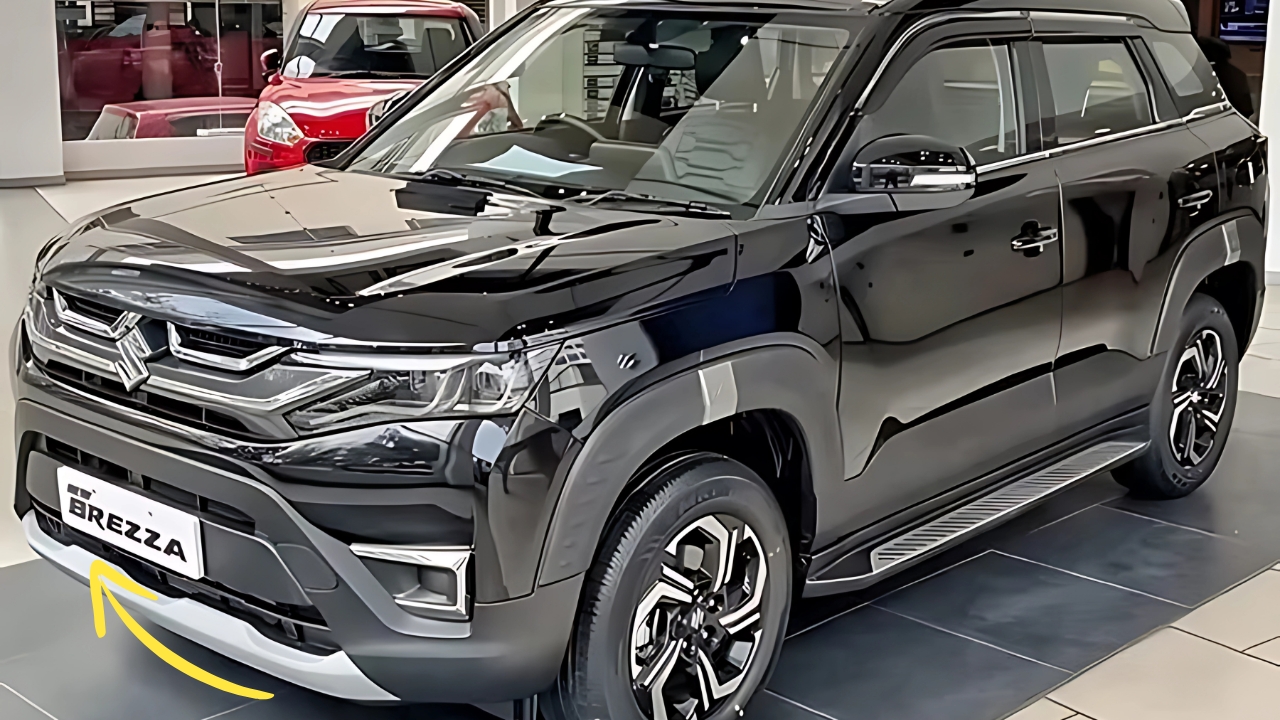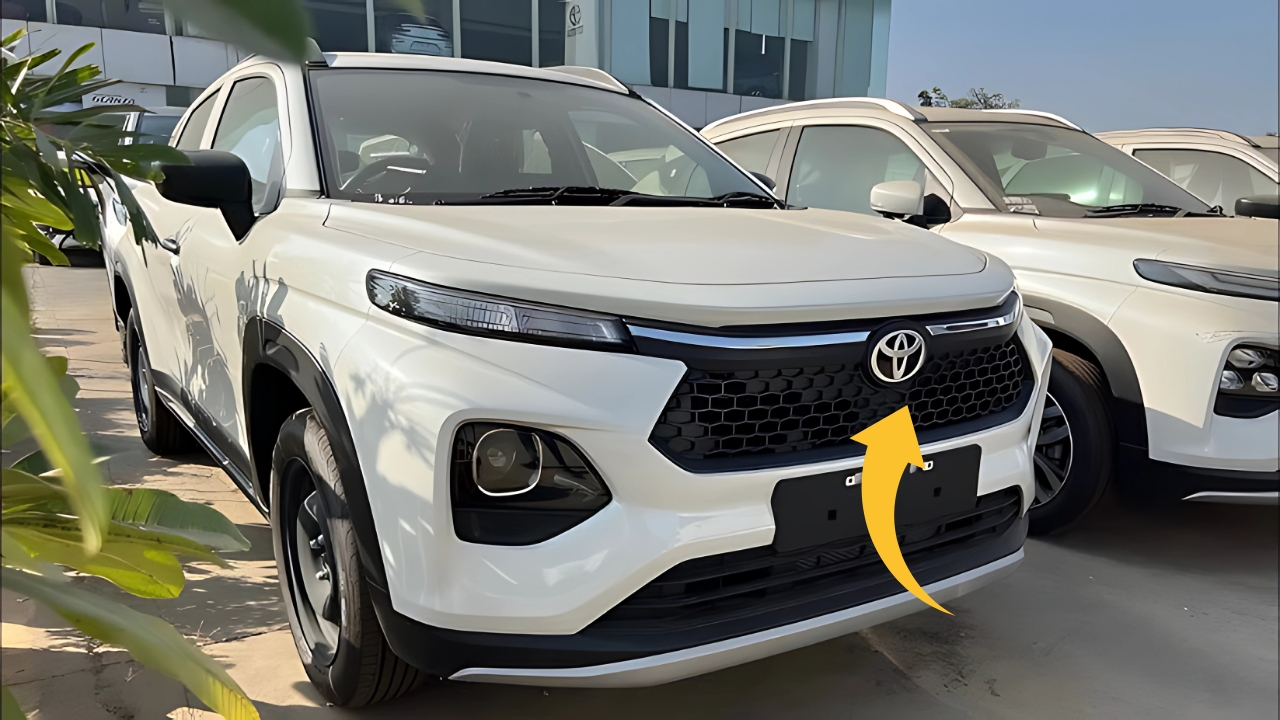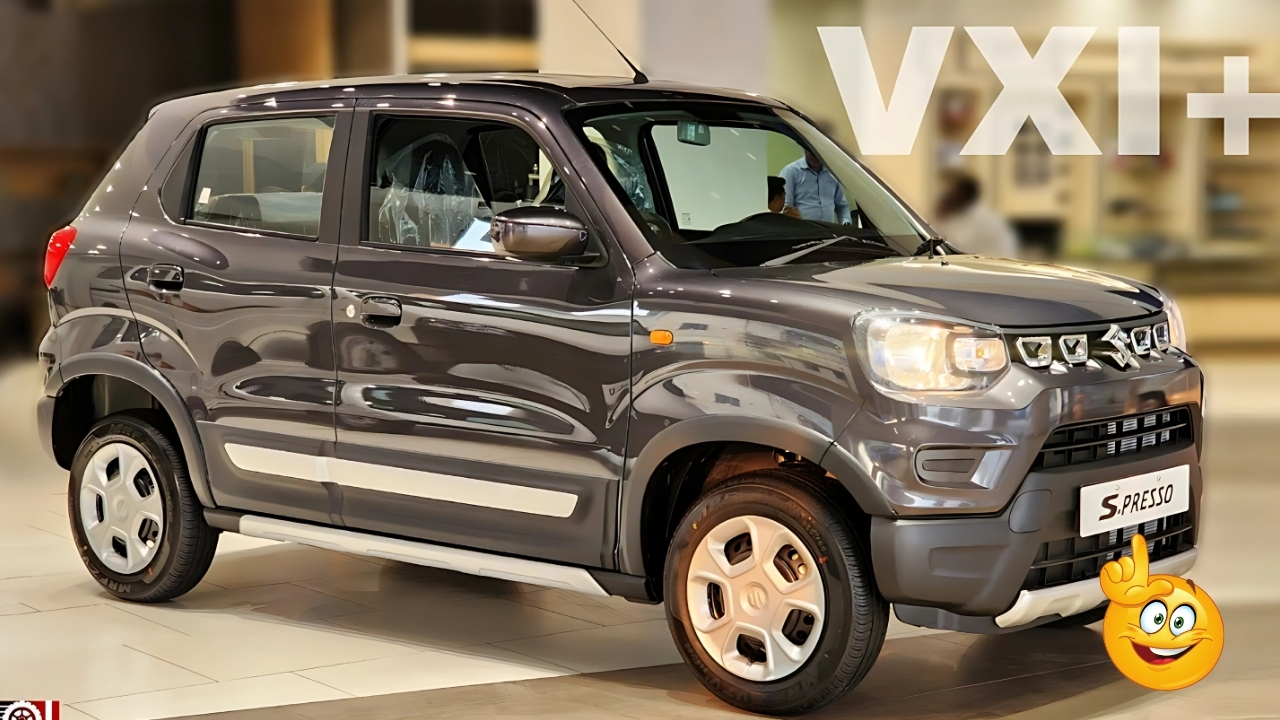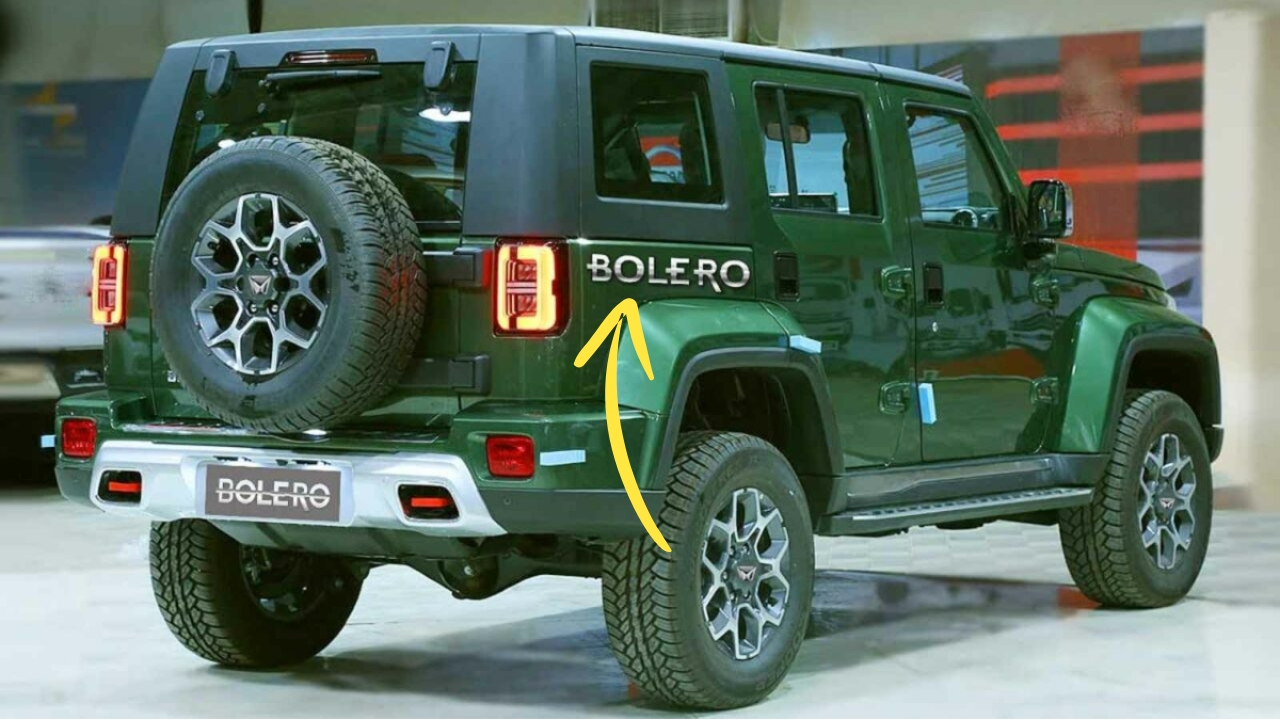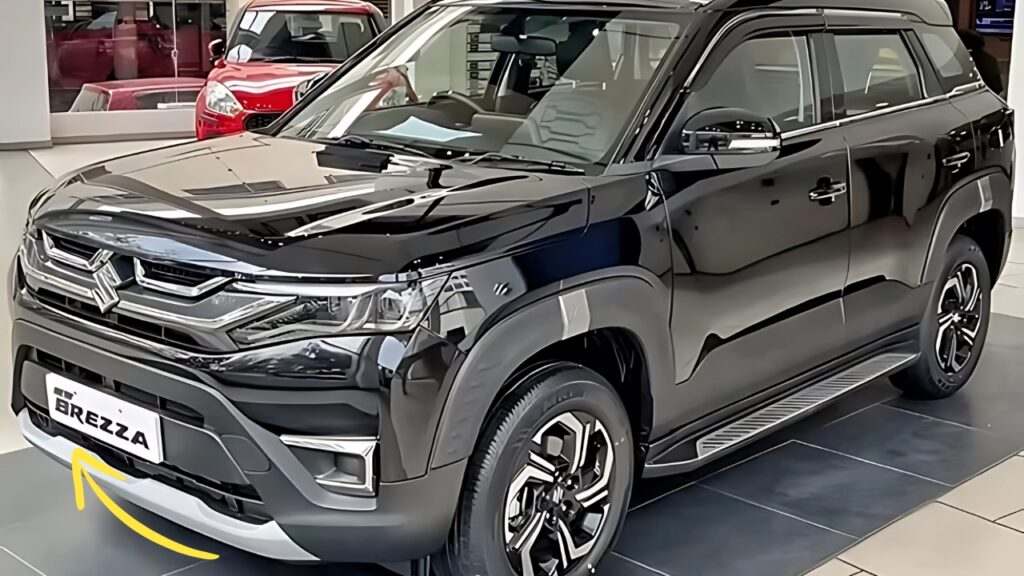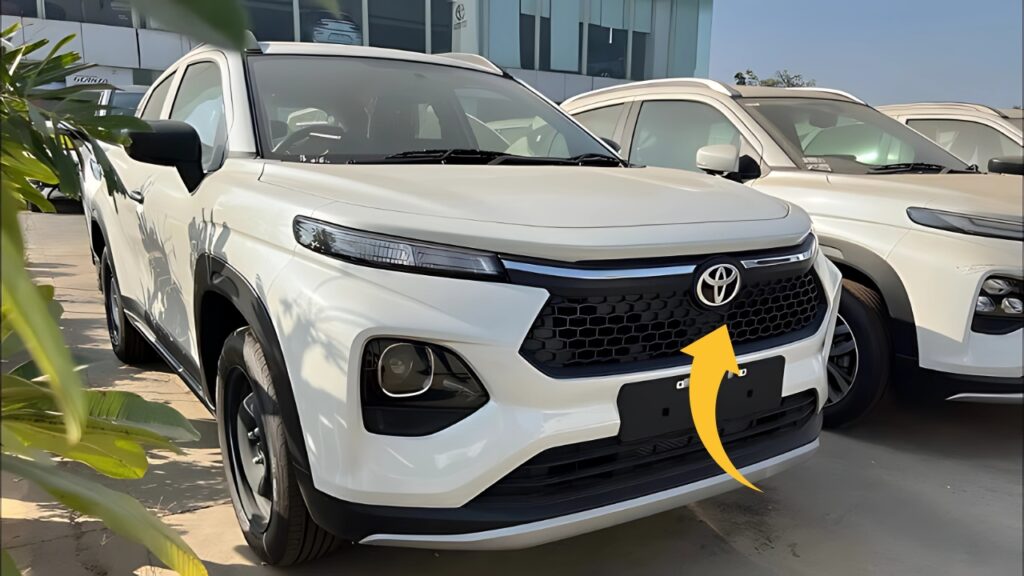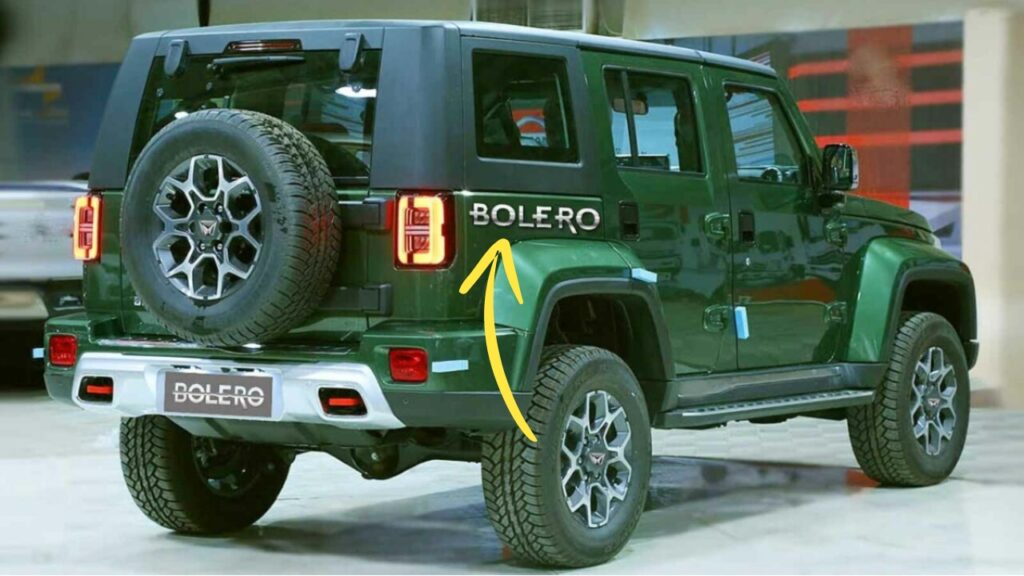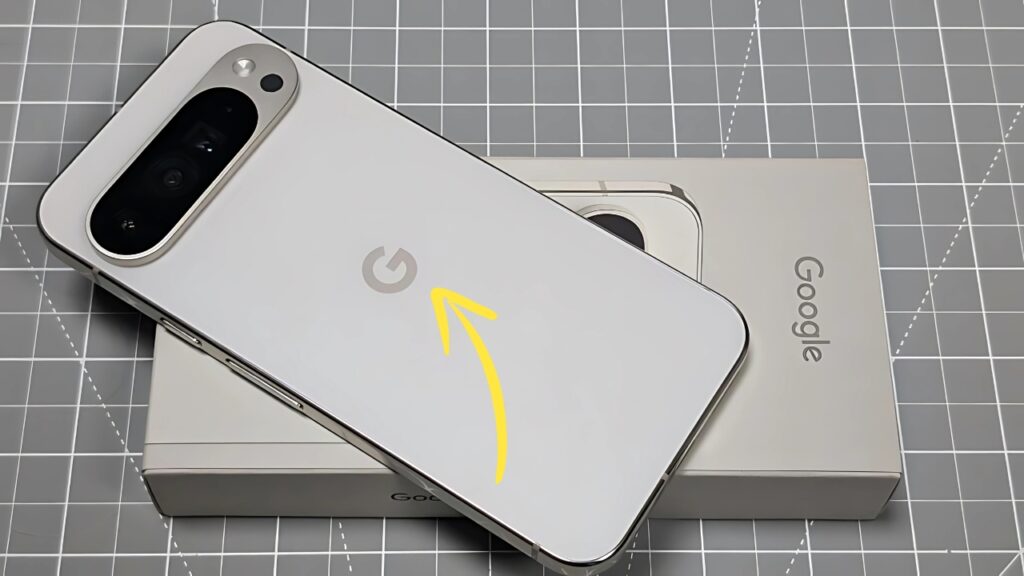Maruti Brezza: In the fiercely competitive compact SUV segment of the Indian automotive market, pricing strategy plays a pivotal role in determining a model’s success.
The Maruti Suzuki Brezza has consistently maintained its position as one of the segment leaders since its introduction, with a pricing structure that balances affordability, features, and brand value.
This comprehensive analysis explores the current pricing landscape of the Brezza across its various trim levels and powertrain options, examining how it positions itself against competitors while delivering value to diverse consumer segments.
Maruti Brezza: Price Positioning Strategy: Accessible Premium
The Maruti Suzuki Brezza adopts a carefully calibrated pricing strategy that spans a wide spectrum, allowing it to appeal to different customer brackets while maintaining a coherent brand identity.
With an ex-showroom price range starting from approximately ₹8.29 lakh for the base variant and extending to ₹14.14 lakh for the top-end automatic trim, the Brezza occupies a strategic position in the compact SUV market.
This pricing architecture reflects Maruti’s understanding of the Indian market’s sensitivity to price points while acknowledging the growing consumer willingness to pay a premium for desirable features and refinement.
The approximately ₹5.85 lakh spread between entry and premium variants creates distinct customer segments within the same model line, effectively allowing Maruti to compete across multiple price bands with a single product.
Most tellingly, the incremental pricing between successive variants demonstrates thoughtful feature bundling rather than arbitrary price gaps.
Each step up the trim ladder introduces meaningful enhancements that justify the additional investment, creating a logical progression that helps consumers identify their ideal balance between budget and feature requirements.
Variant-Wise Price Breakdown and Feature Analysis
The Brezza’s variant structure follows Maruti’s established nomenclature, with LXi, VXi, ZXi, and ZXi+ designations representing ascending levels of equipment and refinement.
Each trim level offers both manual and automatic transmission options, with the latter commanding a premium of approximately ₹1.50 lakh over their manual counterparts.
| Variant | Manual Transmission (Ex-showroom) | Automatic Transmission (Ex-showroom) | Key Features Added Over Previous Trim |
|---|---|---|---|
| LXi | ₹8.29 lakh | Not Available | Base variant with dual airbags, ABS with EBD, rear parking sensors, LED taillamps |
| VXi | ₹9.80 lakh | ₹11.30 lakh | 7-inch touchscreen, Apple CarPlay/Android Auto, automatic climate control, keyless entry |
| ZXi | ₹11.14 lakh | ₹12.64 lakh | 16-inch alloy wheels, cruise control, auto-folding mirrors, LED headlamps with DRLs |
| ZXi+ | ₹12.64 lakh | ₹14.14 lakh | 9-inch touchscreen, 360° camera, wireless charger, head-up display, sunroof |
| ZXi+ Dual Tone | ₹12.85 lakh | ₹14.35 lakh | Two-tone exterior color scheme with contrasting roof |
The base LXi variant, while positioned as the entry point, includes essential safety features and basic convenience elements that ensure it doesn’t feel excessively compromised.
This approach differs from some competitors who strip their base models of virtually all desirable features to achieve an attractive starting price, only to upsell customers to substantially more expensive mid-tier variants.
The VXi trim represents perhaps the most significant value inflection point, introducing the infotainment system and automatic climate control that most contemporary buyers consider essential.
The approximately ₹1.51 lakh premium over the LXi variant typically proves justifiable for most consumers, making this the volume seller in the lineup.
The ZXi and ZXi+ trims progressively add premium features that were once exclusive to higher vehicle segments, including LED lighting elements, cruise control, and the segment-notable head-up display.
The flagship ZXi+ variant, particularly with the automatic transmission, positions itself as a premium offering that approaches the territory of larger SUVs in terms of features, while maintaining the practical dimensions and efficiency that define the compact SUV category.
Cost of Ownership Considerations Beyond Purchase Price
While the ex-showroom price represents the most visible component of ownership cost, the total expenditure over a vehicle’s lifecycle encompasses numerous additional factors.
The Brezza demonstrates particular strength in several key areas that contribute to favorable long-term economics:
Fuel Efficiency: With claimed efficiency figures of 19.89 km/l for manual variants and 19.80 km/l for automatic versions, the Brezza’s K15C engine with mild hybrid technology delivers operating costs that compare favorably to both segment competitors and its own previous generation. For the average user covering 15,000 kilometers annually, this translates to approximately ₹8,000-10,000 in fuel savings over less efficient alternatives in the segment.
Maintenance Costs: Maruti’s extensive service network of over 4,000 touchpoints nationwide significantly reduces both the direct and opportunity costs associated with vehicle maintenance. The standardized service schedules with transparent pricing (averaging ₹3,500-5,000 for major services) provide predictability that many competitors cannot match.
Insurance Premiums: The Brezza benefits from Maruti’s scale advantages in insurance partnerships, with first-year comprehensive coverage typically ranging from ₹25,000 for base variants to ₹35,000 for top trims—approximately 8-12% lower than equivalent models from competing manufacturers.
Residual Value: Perhaps most significantly, the Brezza consistently demonstrates strong residual value, retaining approximately 70-75% of its purchase price after three years of ownership according to used car market data. This represents a 5-8% advantage over many competitors, translating to a meaningful ₹40,000-70,000 difference when the vehicle is eventually sold or exchanged.
When these factors are combined into a comprehensive total cost of ownership calculation, the Brezza frequently emerges as more economical over a typical 5-year ownership period than several competitors with lower initial purchase prices but higher running costs or steeper depreciation.
Comparative Price Positioning Within the Segment
The compact SUV segment in India has evolved into one of the most fiercely contested automotive categories, with virtually every manufacturer offering at least one competing model.
The Brezza’s pricing must be evaluated within this competitive context to understand its market positioning fully.
The Brezza occupies a middle ground in the segment’s price spectrum, positioned above the more budget-oriented offerings like the Nissan Magnite (starting at approximately ₹6.00 lakh) and Renault Kiger (starting at approximately ₹6.50 lakh), while remaining more accessible than premium-positioned competitors like the Hyundai Creta (starting at approximately ₹10.84 lakh) and Kia Seltos (starting at approximately ₹10.90 lakh).
Its most direct competitors in terms of both pricing and market positioning include the Hyundai Venue, Kia Sonet, Tata Nexon, and Mahindra XUV300, all of which operate in broadly similar price bands with comparable feature sets.
Within this core competitive set, the Brezza typically commands a slight premium of 3-5% for equivalent variants—a differential that Maruti justifies through the brand’s reputation for reliability, extensive service network, and strong resale value.
This positioning reflects a strategic decision to emphasize total ownership experience rather than competing solely on initial purchase price or specification sheet comparisons.
The approach appears validated by the Brezza’s consistent sales performance, regularly featuring among the top three models in the segment despite not being the least expensive option.
Regional Price Variations and Strategic Implications
An often overlooked aspect of automotive pricing in India involves the significant regional variations that can affect the actual transaction price.
The Brezza’s ex-showroom price can vary by up to ₹40,000 between different cities due to differences in local taxation, logistics costs, and dealer margin structures.
Additionally, Maruti employs region-specific promotional strategies that can substantially alter the effective price.
Southern markets like Karnataka and Kerala frequently receive more aggressive pricing support due to stronger competition from Korean and European brands in these regions.
Conversely, in Maruti’s traditional strongholds across North India, the company typically maintains slightly higher pricing while emphasizing non-price value propositions.
These regional adjustments reflect a sophisticated understanding of India’s diverse automotive market, allowing Maruti to optimize the Brezza’s competitive positioning across different geographic and demographic segments rather than adopting a one-size-fits-all national pricing strategy.
Financing Options and Their Impact on Affordability
With approximately 80% of new vehicle purchases in India involving some form of financing, the structure and accessibility of loan products significantly influence effective affordability.
Maruti’s captive finance arm, Maruti Suzuki Finance, offers specialized programs for the Brezza that materially affect its market positioning.
Current financing packages typically feature interest rates between 7.75-9.25% depending on customer profile and loan tenure, representing a 0.5-1.0% advantage over standard bank auto loan rates.
Additionally, structured products with lower initial EMIs (starting from approximately ₹8,500 for base variants) and balloon payment options create entry points that compete effectively with smaller, less expensive vehicles in terms of monthly outlay.
For the popular ZXi automatic variant priced at approximately ₹12.64 lakh, a typical financing structure (80% loan amount, 7-year tenure) results in an EMI of approximately ₹15,000—comparable to the EMI for some sedan models costing ₹1.5-2.0 lakh less but financed at higher interest rates.
This financing advantage effectively compresses the perceived price gap between the Brezza and less expensive alternatives.
Strategic Timing of Price Adjustments
Maruti’s approach to price revisions for the Brezza reveals a deliberate strategy that differs from many competitors.
Rather than implementing frequent minor adjustments, the company typically institutes larger revisions at strategic intervals—usually coinciding with significant model updates or the beginning of new financial years.
This approach creates extended periods of price stability that benefit both the dealer network and consumers, allowing for more predictable inventory management and reducing the “waiting for a better deal” hesitation that can delay purchase decisions when prices fluctuate frequently.
The most recent comprehensive price revision occurred with the launch of the heavily updated model in mid-2022, representing an increase of approximately 8-10% over the outgoing version but introducing significant improvements in features, design, and powertrain.
Subsequent adjustments have been relatively minor, typically in the 1-2% range, reflecting inflation and input cost pressures rather than strategic repositioning.
Key Takeaways on Brezza’s Price Positioning:
Strategic Spread: The ₹5.85 lakh range from base to top variant creates distinct customer segments within a single product line
Value-Focused Increments: Each trim level adds meaningful feature enhancements that justify the additional investment
Ownership Economics: Superior fuel efficiency, maintenance costs, and residual value offset the slight premium over some competitors
Financing Advantage: Preferential interest rates and structured products enhance effective affordability
Regional Flexibility: Location-specific pricing strategies optimize competitiveness across diverse markets
Stability Premium: Less frequent price adjustments create predictability valued by both dealers and consumers
Maruti Brezza: Price as a Component of Brand Strategy
The Maruti Suzuki Brezza’s pricing strategy demonstrates sophisticated market understanding that extends well beyond simple positioning on a cost spectrum.
Rather than pursuing either a pure value approach or a premium positioning, Maruti has crafted a nuanced strategy that acknowledges the multidimensional nature of purchase decisions in this highly competitive segment.
By maintaining a pricing structure that spans multiple customer segments while emphasizing total ownership economics rather than merely the initial transaction price, the Brezza effectively appeals to pragmatic consumers seeking long-term value without sacrificing the emotional satisfaction of owning a desirable, well-equipped vehicle.
This balanced approach has contributed significantly to the model’s consistent market performance, maintaining strong sales volumes despite increasing competition and economic pressures.
As the compact SUV segment continues to evolve, the Brezza’s pricing strategy will likely remain a key competitive advantage, provided Maruti continues to enhance the model’s feature content and design appeal to justify its positioning in an increasingly sophisticated market.

